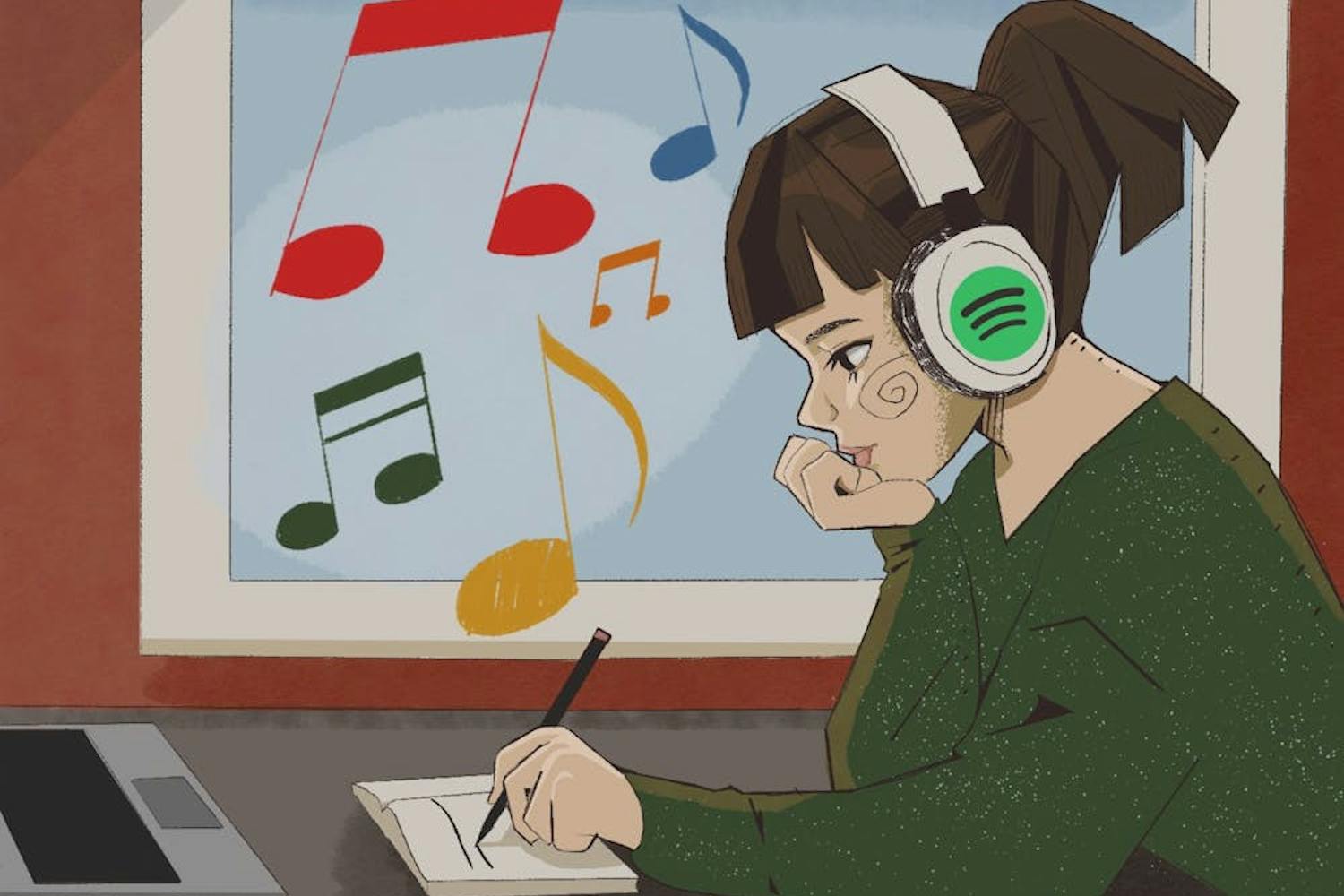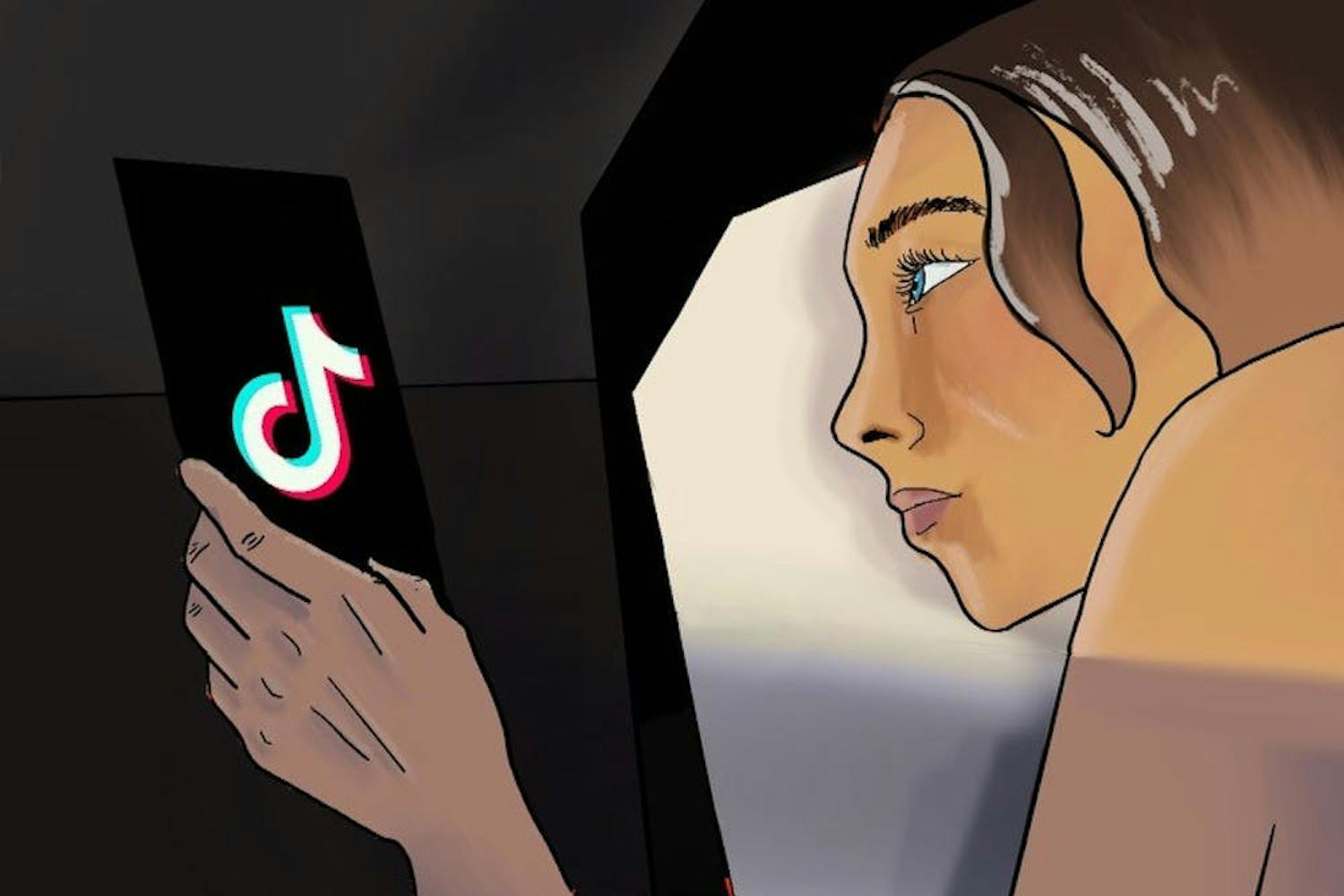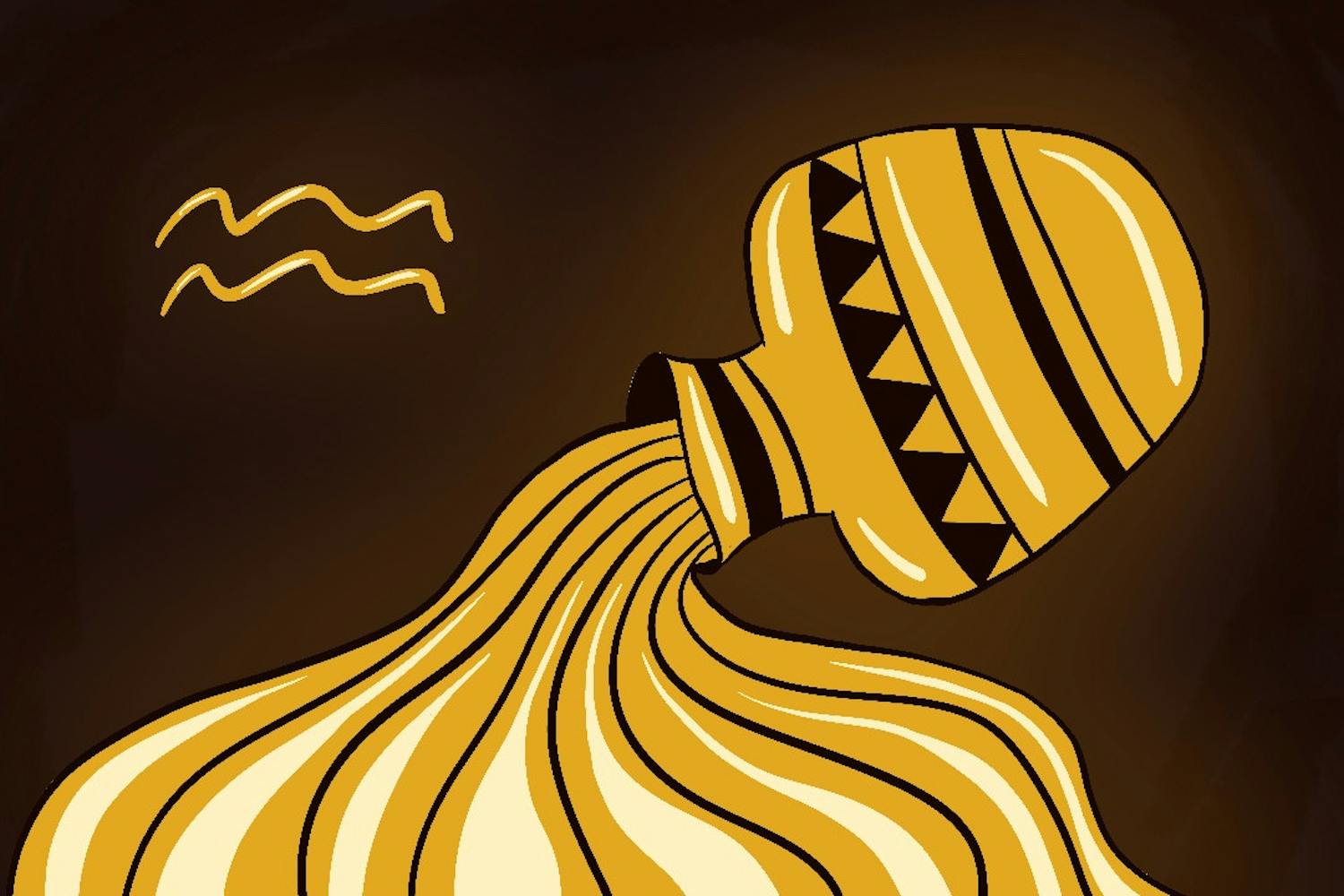Pitchforks: 4/5
Released: March 5
What often comes to mind with the Tomb Raider series is an image of a busty British Caucasian woman with Angelina Jolie’s puffy lips and vapid facial expressions shooting dinosaurs with two pistols.
Crystal Dynamics sought to change this image and create a more down-to-earth adaptation of Lara Croft in the 2013 reboot released on March 5. The result is a surprising success that understands the series’ history.
The game begins with Lara doing what she does best — going to far-off lands and looking for the long-lost treasure of an ancient civilization. The difference, however, is how Lara gets to that point.
Her boat goes down like the Titanic, and she lands on the shore of the island. Lara traverses the island, stumbling and falling in nearly every way imaginable. Eventually, she meets up with her friends, who are largely forgettable and die under mysterious circumstances.
But, Lara remains the star of the show. Context-sensitive animations show Lara moving her hands onto walls as she navigates the small caverns and damp rock walls. It’s a minute detail that goes a long way to immerse the player on the island and give Lara that feeling of tangibility.
Lara Croft has also grown as a character since “Tomb Raider: Underworld” in 2008. Lara feels guilt after she kills a deer, and she shows doubt but also self-empowerment when she says, “I can do this” before she performing an impressive physical feat.
It’s worth noting that later in the game when Lara gets seriously injured, her character tells the player that she is too hurt to perform a simple ledge climb in gameplay, not a cutscene.
As Lara kills mercenaries and completes quests, she gains experience points that allow her to accrue skills, such as durability to damage or acquire more supplies when you loot bodies.
In addition to the experience system, Lara can modify her weapons to hold more ammo or reduce recoil. In a nod to “Dark Souls,” Lara is able to rest at campsites and upgrade her skills and abilities. She is also able to travel between campsites to explore more of an area as she gains tools and weapons.
The gameplay of “Tomb Raider” is very reminiscent of the “Uncharted” series on the PlayStation 3. It’s very much a cover-based shooter, but there is no “press this to get locked into cover.” Lara will intelligently crouch behind cover and shift her body as she moves around the cover. It’s a very intuitive system that limits player frustration.
The enemy artificial intelligence is incredibly sharp and will call out Lara’s position and relay to the other enemies that she is reloading, and they'll take advantage of the opportunity. However, there is a real lack of variety with the enemy. There are the standard soldiers (with standard and fire arrows), charging soldiers and heavy soldiers. Hours into “Tomb Raider,” and the player will feel like they’ve seen nearly all the enemies in the game.
There is a multi-player mode that does everything it can to drag down the experience of the stellar single-player. There are the standard modes of capture the flag, team death match and free-for-all which share similarities with Halo’s Juggernaut mode. The maps offer more vertical opportunities similar to “Uncharted 2” and “Uncharted 3” but it feels like a “me too” attitude approach to multi-player.
All of the fluid animations in single-player mode are all but removed from the multi-player mode, and it the whole affair is reminiscent of the forced “Spec Ops: The Line” multi-player option. It's there to add a check mark to the back of the box for sales.
Crystal Dynamics deserves a gold star for successfully bringing Lara Croft into the 21st century, where video game protagonists have amassed character development into their stories. Even with the lackluster multi-player and the tolerant amount of varied enemies, “Tomb Raider” achieves what most games don’t: A character in whom the audience is emotionally invested.
Reach the reporter at shfawcet@asu.edu and follow him on Twitter @MaroonandGamer



